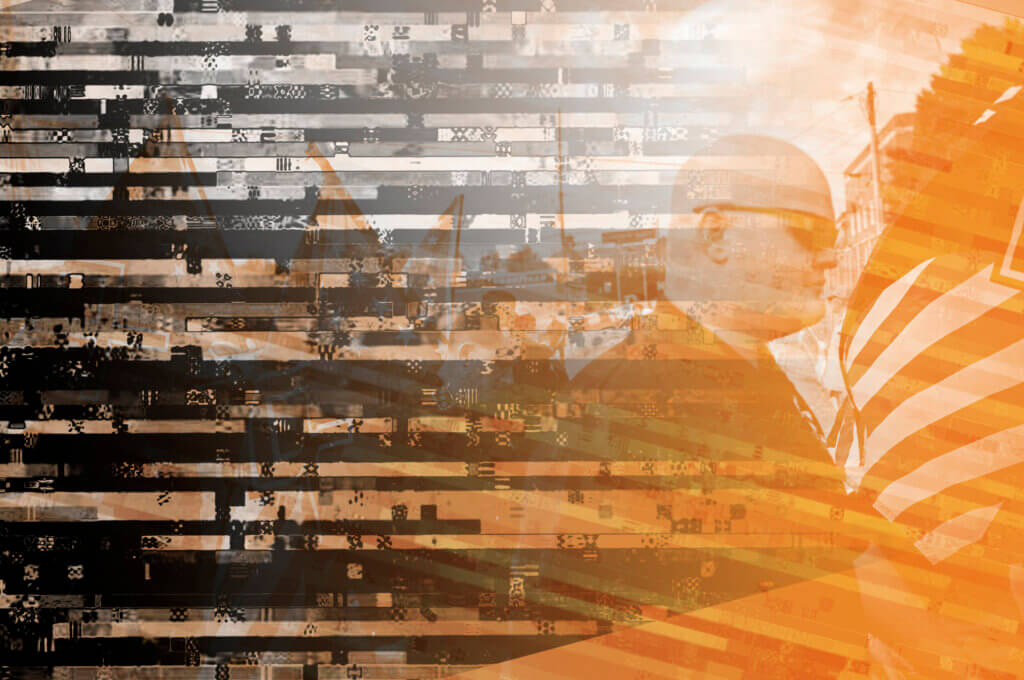Sammy Rangel is the former executive director of Life After Hate.
At the tail-end of my drug and alcohol treatment during my final prison sentence, a group of motivational speakers who were also in recovery came in to talk to us.
These guys were charismatic, full of energy, and inspiring. They knew how to work the room and command its attention. I was awestruck. By the end of their presentation, I knew that I wanted to do the same thing when I got out.
I kept every one of their names, addresses, and phone numbers. And I even sent off a couple of letters before my release date. Except I didn’t hear back.
When I got out, I followed up with emails and phone calls. Nothing.
I was devastated.
Still, I moved on. I focused on my recovery and getting my life back together.
That was 21 years ago. Today, I run Life After Hate, the first-of-its-kind nonprofit in the U.S. that works with reformed members of violent far-right hate groups.
Unfortunately, that feeling I experienced decades ago — the emotional letdown and disappointment at the height of my vulnerability — is something I still see too often.
Formers — people who have renounced hateful ideologies — are getting more attention than ever before. Researchers, reporters, and even other formers are asking for them to share more and more of their stories. Often, these profoundly personal narratives are full of shame and trauma.

If we abuse the trust it takes to make formers open up, we can stifle their personal growth. And that puts everyone at risk.
I realize this is a difficult ask. Why should we care about a group of individuals who promoted and even committed hateful acts of violence?
We believe that helping individuals turn their backs on hate groups enhances the overall health of the nation, which is why we go to great lengths to standardize our approach.
After all, formers depend on us to guide them, to be ethical and genuine. Reporters play an essential role, too. And with that, they have an obligation.
Journalists who rely on the wrong types of sources, fail to vet facts thoroughly or publish overly-simplified stories about violent extremism mislead the public and hurt the credibility of formers, researchers, and practitioners in the field.
Sometimes the impulse to not let facts get in the way of a good story can lead us down the wrong path. In its wake, formers are vulnerable to damage. Many do not understand the stakes when the recorder starts, or the cameras roll.
Reporters are not alone in aggravating the problem.
We are conditioned to look at media with a jaundiced eye, but we do this less often with formers who appear to be helping other formers.
As a society, we assume they are equipped to step into a helping role. Unfortunately, for some formers — while they are charismatic and hold the audience’s attention — their energy can be misdirected without the right development, support, and supervision.
These individuals can get swept away by the limelight, and eventually, it becomes clear they have not spent enough time developing their personal or professional standards and ethics. Instead of shedding light on the issues, they direct the light toward themselves. It is a fine line between the two.
In today’s media-saturated ecosystem, sensational stories get clicks. We understand that.
We recommend that reporters be completely transparent with formers. Ask probing questions but recognize that not all formers are ready for that. They’re motivated to help, and sometimes that means answering questions that they might not be qualified to answer.
We also recommend that reporters check and double-check claims made in this field. Formers put in a lot of time developing their personal and professional resumes. Ask for evidence.
Above all, be compassionate. We must always remember that we are dealing with lives, with real people who are trying to do the best they can. Their stories, told honestly, can help others renounce hate.
That makes us all safer and—perhaps even more importantly—brings us one step closer to each other.

